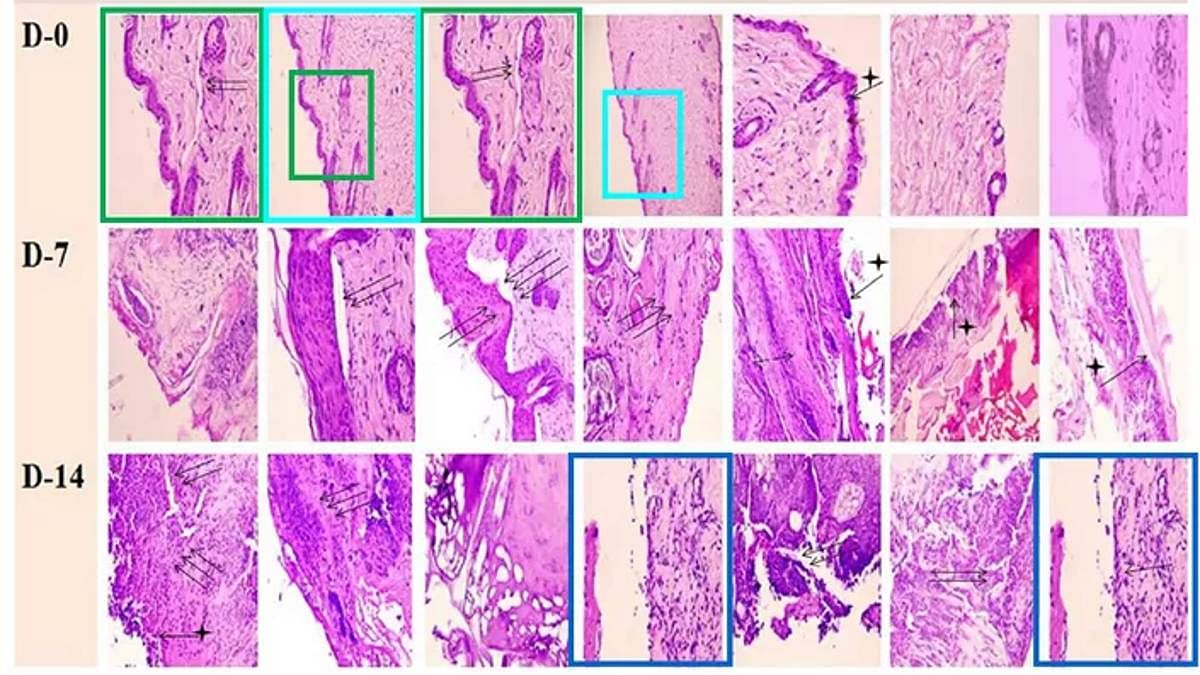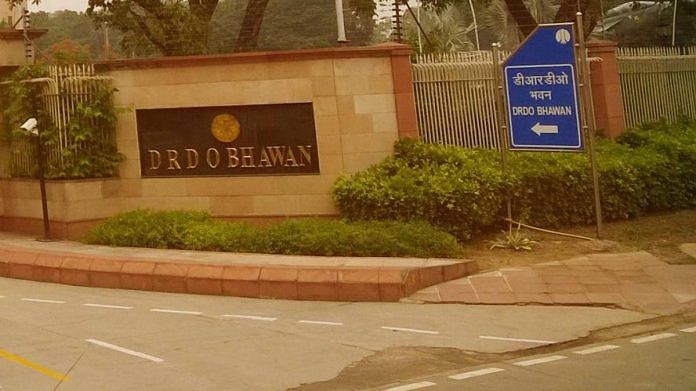New Delhi: At least 80 research papers from laboratories affiliated to, or working in collaboration with, the Defence Research and Development Organisation (DRDO) have been flagged by unnamed individuals for allegedly carrying altered or digitally manipulated images, raising questions about the research integrity among government scientists.
The papers were flagged on the online platform PubPeer, where scientists can raise concerns regarding research papers that have already been peer-reviewed and published.
While DRDO scientists confirmed that the concerns will be looked into, another scientist whose paper has been flagged for similar image-related issues, said he and his team were facing technical challenges in accessing raw data files used in the paper since they date back by several years and the computer software has since been updated.
While he confirmed that the allegations will be looked into once they are able to access the raw image, he insisted that the error, if any, was minor and would not alter the conclusion of the paper.
Over the years, there have been numerous instances of peer-review failing to catch instances of research misconduct. The most recent such incident came to light at the National Center For Biological Sciences in Bengaluru last year, where a peer-reviewed research paper was found to have digitally altered images, leading to a false conclusion. The paper was then retracted.
Also read: Argentinian woman naturally cured of HIV, is second such patient
Allegations of image duplication, digital alterations
Over the past two weeks, at least 80 research papers, some dating back to as far as 2007, have been flagged by an anonymous commenter “Actinopolyspora Biskrensis” on PubPeer for image-related issues.
The commenter, who also goes by the name ‘Cheshire’ on Twitter, has been actively working on flagging such issues in papers published from across the world.
The commenter told ThePrint that more DRDO publications are currently being scanned, and the number of papers with such problematic images is likely to grow.
For example, a research paper published in April this year from DRDO’s Institute of Nuclear Medicine and Allied Sciences has three sets of images that, according to the commenter referred to above, appears either to be duplicated or partially duplicated, with a change in magnification.
Since all the images are said to belong to different experiments, there should be no image that repeats.

ThePrint reached Amit Tyagi, corresponding author of the research paper, on email on 15 November, but received no response till the publication of this report.
Similarly, in a 2015 paper, the following image has been flagged because it appears to have sections with repeated, identical features, which should not appear in an image showing cells.

ThePrint reached the corresponding author of the study Gurudutta Gangenahalli, also a researcher from the Institute of Nuclear Medicine and Allied Sciences, over email on 16 November, but received no response till the time of publication of this report.
As many as five papers where Gangenahalli is a co-author has been flagged for image-related issues.
Gangenahalli is not the only researcher, however, who has multiple papers flagged. At least 20 papers co-authored by Dr Shashi Bala Singh, currently director of the National Institute of Pharmaceutical Education And Research (NIPER) in Hyderabad, have been flagged on the site. ThePrint reached Singh on email on 12 November but received no response. On 17 November, she answered a call for comment from ThePrint and said she would get back, but didn’t. Subsequent emails and calls to her went unanswered till the time of publication of this report.
Moreover, Cheshire pointed out in a Twitter thread that one experimental image has been reused in research papers across several years. This is unusual because each research paper should ideally have completely different sets of experimental images. If a group is reusing an old image in its new research paper, the team needs to mention this.
Posted this concern @PubPeer during my @DRDO_India project. Paper is 1 year old.
1/5 pic.twitter.com/ZipoCyDdGY
— Cheshire (@Thatsregrettab1) November 10, 2021
While all of the papers flagged include researchers from DRDO as authors, there are several where the experimental work was carried out by collaborating institutions.
For example, a paper published in October 2020 has the following image, which bears clear signs of being digitally edited.

V.R. Panse, an assistant professor at the Late Bhaskarrao Shingane Arts, Prof. Narayanrao Gawande Science and Ashalata Gawande Commerce College in Maharashtra, who was one of the authors of this paper, told ThePrint that the team has requested the journal to retract this paper after concerns were raised on PubPeer.
Panse added that the experimental work was done in their lab by a student.
“As soon as this was brought to my notice, I reprimanded the student and wrote to the journal to withdraw the paper. It was also my mistake that I did not check the images myself,” he said.
“The author from DRDO had no contribution in this paper. It improves our chances to get funds from government organisations if we show some collaborative work (with government institutions), that is why the person was included in the paper,” he told ThePrint.
Also read: DNA test can help you pick right career, claims startup. ‘Unscientific, devastating’, slam experts
Scientific misconduct or human error?
Not all the issues flagged may be evidence of scientific misconduct. Some may have resulted from honest human error of having uploaded the same image twice, said Cheshire.
However, Elizabeth Bik, a Dutch microbiologist known for her work in detecting image manipulation in research papers, told ThePrint that a lot of what has been flagged on PubPeer can not be explained as an honest error.
In a 2019 blog post, Bik had explained that there are three types of image duplications that can be spotted in research papers.
The first category, where two images look identical, could be the result of an honest error, where the same photo was inserted twice by accident.
The second category is when images are rotated, flipped, shifted, etc. “These are less likely to occur as the result of an honest error, and more likely to be done intentionally, than Category I,” she wrote in her post.
Bik describes Category III duplications as those where features, such as cells, bands, or groups of dots, appear multiple times within the same photo, or in a different photo.
“Most of these are very hard to explain by honest error, and more likely to be the result of an intentional alteration of a photo than duplications of category I or II,” she said.
DRDO scientists told ThePrint that concerns flagged on PubPeer will be looked into.
“DRDO follows strict procedures of internal review for publication of data. However, concerns raised will be looked into with due diligence,” a spokesperson from DRDO Delhi headquarters told ThePrint.
Meanwhile, another senior DRDO scientist said that these concerns are being looked into.
“The process may take some time since some authors (involved in the papers) have retired,” he added.
Golime RamaRao, a scientist at the Defence Research and Development Establishment in Gwalior and author of one of the papers flagged for possible image manipulation said that the team was facing issues opening raw data files from 2012-2013, as the computer software has been upgraded since then.
“We think that the flagged error is only one minor error and does not substantially affect the results of the study,” he added.
“Once we are able to open our raw images without any glitches then we will respond to you and take up this issue with the editorial office for further action if a wrong micrograph has been used due to honest human error,” he added.
This is the second in a two-part series investigating alleged instances of research misconduct in Indian scientific institutions.
(Edited by Poulomi Banerjee)
Also read: This quasi-satellite of Earth could actually be a piece of Moon, astronomers say



